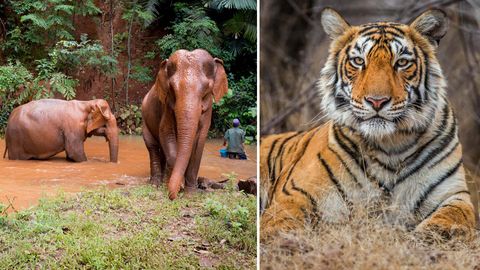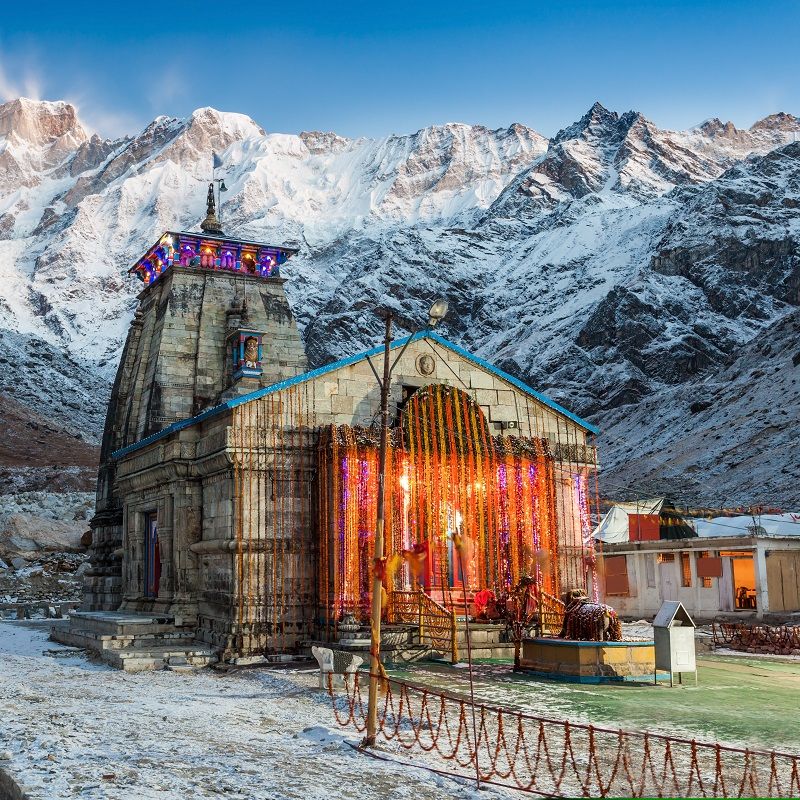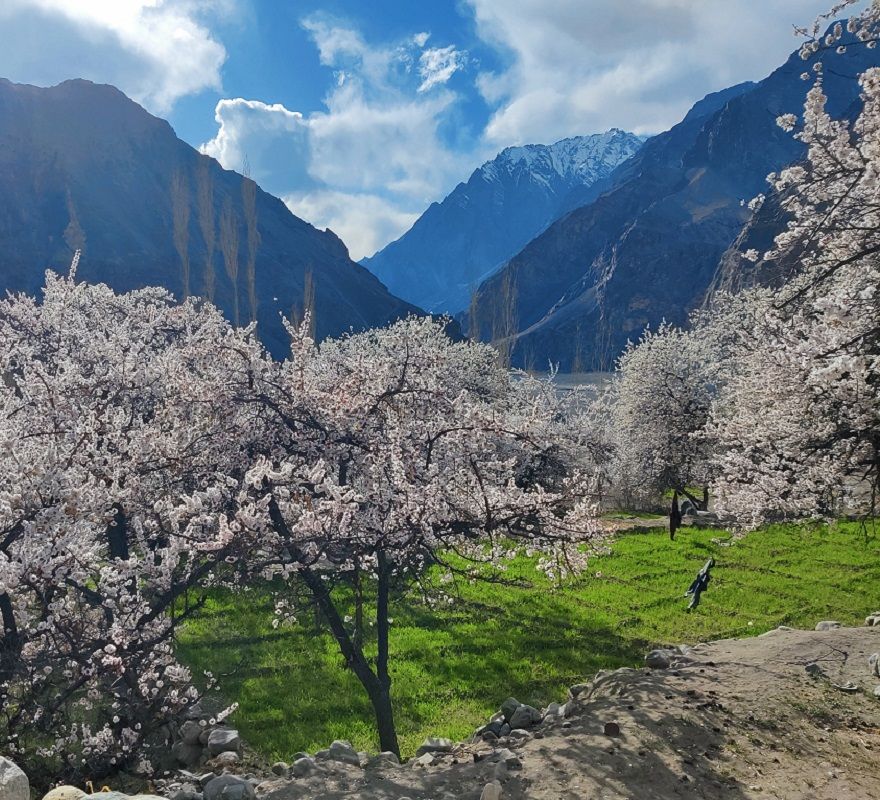
India is home to a wide variety of flora and fauna that together create a rich tapestry of nature across the country. Some of these species are now under threat due to climate change and human intervention. Initiatives have been launched by activists and conservationists to protect them from further harm and revive their habitat. By Manya Saini
India has been running many remarkable conservation projects to protect its wildlife from the early 1930s, the beginnings of which was the foundation of the Jim Corbett National Park. Wildlife in the country is spread across topographies and climates, which are now under severe threat of being endangered and extinct due to global warming, climate change and human activities.
Many projects have been initiated by the government and NGOs to bring these species back to their former glory.
View this post on Instagram
1. Project Tiger
Project Tiger was launched in 1973 after disturbing data emerged showing that the tiger population in the country was dwindling at an alarming rate. The immediate action of the special task force banned tiger hunting nationwide leading to the foundation of tiger reserves to protect the species. These include Sundarban National Park in West Bengal, Ranthambore National Park in Rajasthan, and Manas National Park in Assam. The project has worked extensively in habitat management by removing all forms of human disturbance in these areas. The project has recorded a 30 per cent rise in the total population as a result of sustained and unrelenting efforts.
View this post on Instagram
2. Project Elephant
The wildlife conservation initiative, Project Elephant was launched in February 1992 to lend support to the states with a significant elephant population to give financial and technical support as they worked to protect the endangered species by adopting a comprehensive approach. The work undertaken has resulted in the extensive restoration of their exiting natural habitat. The team has also taken cognisance and researched the migratory routes of elephants to ensure that the population of the Wild Asiatic elephants in India does not dwindle. In a bid to ensure there are minimum unnatural deaths in the species, the team has formulated strict no-poaching policies.
View this post on Instagram
3. Asiatic Lion Reintroduction Project
The Asiatic Lion Reintroduction Project was initiated to provide safe shelter to the lions in the country while ensuring the continued growth of their population. The species is unique to Gujarat found only in the Gir National Park. The project team has also begun to shift some lions to Madhya Pradesh’s Kuno Wildlife Sanctuary to create another protected area for the lions. The initial conservation effort was undertaken back in 1910 when the Nawab of Junagadh had imposed a blanket ban on the poaching of the animal. The project continues to strive for success and hopes to protect them from the dangers of natural disasters, human conflict, hunting, and epidemics in the future.
View this post on Instagram
4. Indian Rhino Vision 2020
The Indian rhinos were categorised as a ‘disappearing species’ due to the poaching of the animal for its horns. Today, most Indian Rhinos are found only in protected national parks across the country. The initiative Indian Rhino Vision 2020 was launched by the Government of Assam supported by the international NGO WWF, Global Rhino Organisation as well as local community NGOs in the state. The focus of the project is the translocation of the species and creating new habitats for them in different parts of India. The primary sites among them are the Manas National Park and Kaziranga National Park in Assam as well as the Dudhwa National Park in Uttar Pradesh.
Related: In Love With Flora & Fauna? Head To These Wildlife Hotspots In India










